Review
As the smallest and cheapest electric Mercedes currently on sale, the EQA is one of the brand’s best-selling fleet cars.
It sits in the competitive compact SUV segment, among cars like the Audi Q4 e-tron and BMW iX1. It serves both drivers coming out of C-Class diesels and fills in for the lack of an electric A-Class hatchback.
The EQA is based on the GLA, rather than a bespoke platform, and the two cars share a body and interior. The only notable visual differences are found at the front and rear, where the EQA gets some tweaks to bring it in line with the rest of the EQ range.
A gloss black panel replaces the conventional radiator grille at the front, complete with a full-width LED light bar. There’s a similar treatment at the rear, with a single tail light that stretches across the boot.
The EQA is certainly an under-the-radar electric vehicle (EV). It doesn’t shout about its zero-emission capability, which may appeal to some, but, overall, it’s a little on the bland side for a premium-badge car.
Things get a lot better when you step inside. The dashboard oozes class, with a mixture of gloss black and matte silver trim pieces. It feels markedly more upmarket than rival models, if a little cramped. Herein lies the issue. By converting a car designed for an internal combustion engine (ICE) to electric, Mercedes is unable to provide the same level of interior space as cars like the VW ID4, which have long wheelbases and flat floors.
The EQA’s boot is tiny in comparison, providing just 340 litres of space against the ID4’s 543 litres. When you factor in pricing, the EQA sits among much larger models like the Audi Q4 e-tron, but struggles to provide the practicality of a much cheaper car like the VW ID3.
Prices start at £49,750 and three powertrain options are offered. Weirdly, the entry-level EQA 250+ has the longest range (311 miles WLTP) thanks to a larger 70.5kWh battery pack. It uses a single motor that drives the front wheels, serving up 190PS.
The EQA 300 can be had for £53,010. It uses two motors, boosting power to 228PS and provides all-wheel drive. However, it uses a smaller (66.5kWh) battery, so only manages 258 miles between charges.
Range topping EQA 350 models (from £54,510) have 292PS and promise the same 258-mile range as the 300.
Our testing resulted in 3.5mi/kWh from the EQA 250+, which should be enough for almost 250 miles of real-world driving. The twin motor cars are slightly less efficient but should still be able to manage around 220 miles.
When it comes to charging, both batteries support DC rapid charging at up to 100kW. A 10%-80% charge takes around half an hour. There is also an 11kW on board AC charger. An overnight charge from a home wallbox will take around 10 hours.
It may not appear to be a class leader for its range, cost or performance, but the EQA does have some positive attributes. The powertrain is extremely refined. You never really hear any noise from the motor and the power delivery is smooth.
Comfort levels are high, inside, and the twin screen setup that incorporates the infotainment touchscreen and digital instruments is a nice setup. We’re also pleased that Mercedes has retained some physical switchgear, such at the climate control.
The car is pretty quiet on the move, although we did notice a bit more tyre noise at motorway speeds than we’d have liked.
With front wheel drive, the 250+ sometimes struggles to put its power down from rest. Grip improves on the move, thanks to the weight of the battery, but that does dampen acceleration. Twin motor models have better traction and deliver a greater surge of acceleration.
There’s not a great deal of body roll, but the EQA isn’t especially dynamic. The steering is light with a degree of dead space around the centre. On B roads the car feels a little unsettled as it tackles undulations, requiring a regular driver inputs to keep things steady. The car is more relaxed on the motorway, however.
There’s no shortage of electric options in the EQA’s segment. Drivers seeking practicality can choose from a growing number of electric VW Group models, while premium offerings include Tesla’s Model 3 and the Polestar 2 at a more attractive price.
Mercedes has a lot of brand appeal, particularly in this segment, but the EQA simply does not stand out among its rivals. The BMW iX1 eDrive20 is a more engaging car to drive, is cheaper and has lower operating costs for fleets.
Matt has been an automotive journalist for nine years and has driven just about every new car and van that's on sale. As content editor - vehicles he is responsible for the automotive content on Fleet News and also contributes to Automotive Management. Prior to this, Matt worked in the automotive industry for 10 years.


Specs
| Manufacturer | Mercedes |
| Model | EQA |
| Specification | Mercedes EQA Hatchback EQA 250+ 140kW Sport Executive 70.5kWh 5dr Auto |
| Model Year | 2026.00 |
| Annual VED (Road tax) | £10 |
| BIK List Price | £49,695 |
| Range | 346.00mile(s) |
| CO2 | N/A |
| BIK Percentage | 3% |
| Insurance Group | N/A |
| CC | 1 |
| Fuel Type | Electric |
| Vehicle Type | Compact SUV |
| Luggage capacity (Seats up) | 340litres |
| Doors | 5 |
Running Costs
| P11D | £49,695 |
| Cost per mile | 62.59ppm |
| Residual value | £15,425 |
| Insurance group | N/A |
| Fuel Type | Electric |
| Cost per mile | 269.40ppm |
| Fuel | 2.10ppm |
| Depreciation | 265.25ppm |
| Service maintenance and repair | 2.05ppm |
Rivals
Info at a glance
-
P11D Price
£49,695
-
MPG
N/A (WLTP) -
CO2 Emissions
N/A -
BIK %
3% -
Running cost
3 Year 60k : £15,425 4 Year 80k : £12,575 -
Fuel Type
Electric -
Range
346.00mile(s)








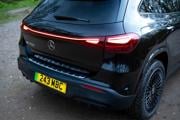
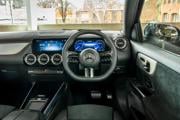

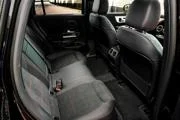





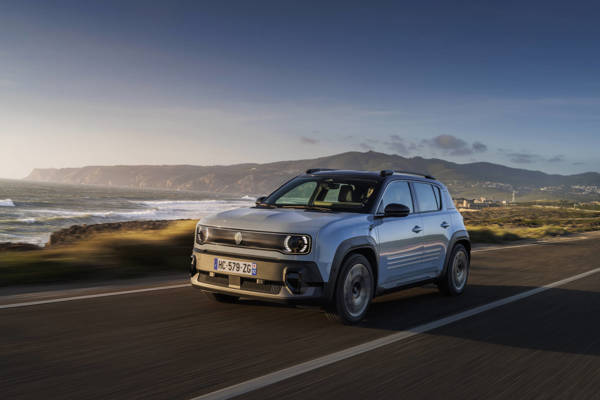

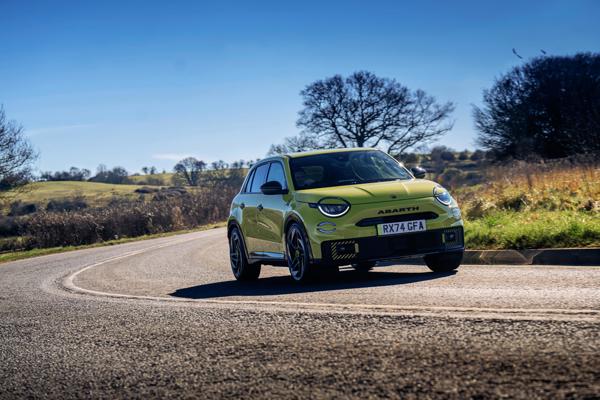

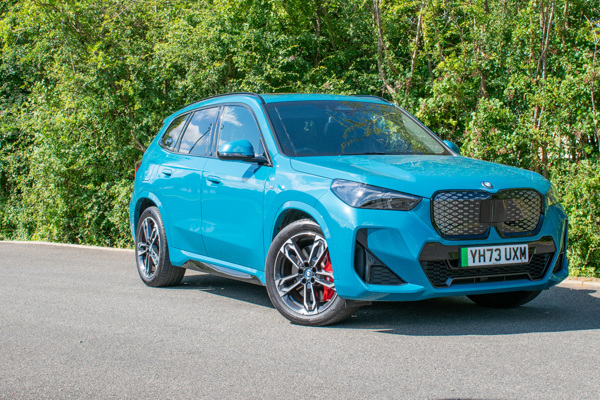

















Login to comment
Comments
No comments have been made yet.